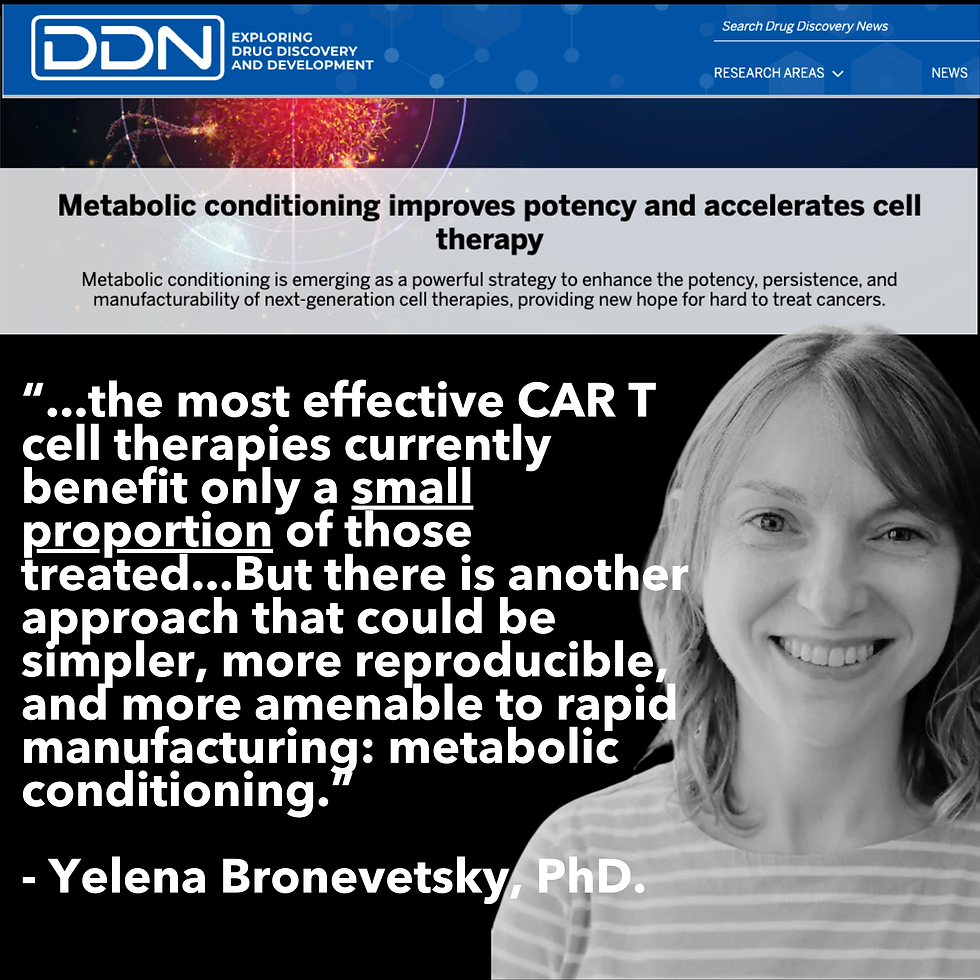Work that Inspires: Seeing Scientists Succeed with Our Technology Spur Us to Improve Further
- james lim
- Feb 16, 2022
- 3 min read
San Francisco - February 16th, 2022
When it comes to creating new scientific technology, you might think the reward lies in bringing a novel idea to life. And it’s true that there is something exhilarating about envisioning a new process or platform and seeing it through to a fully functional product.
But for me, the real fulfillment comes from seeing those products out in the world — how they make a difference for researchers, how they make it possible to ask new questions and get answers that might never have been possible before.
At Xcell Biosciences, where I serve as Chief Scientific Officer, we have been fortunate to see so many scientists apply our advanced cell culturing platform to their research. Recently, leading scientists have been deploying our Avatar™ incubator technology to improve the potency and persistence of cell therapies. In all cases, our system’s ability to more faithfully replicate the cells’ native microenvironment — including finely tuned oxygen and pressure levels — has allowed scientists to generate more accurate results from their biological experiments.
In the past couple of years, several exciting reports of how our Avatar system works in the wild have been released. I’d like to share some examples of papers and preprints here representing some interesting applications of the system.
Many teams have used the Avatar system to culture stem cells; the greater environmental control offered by our platform gives scientists deeper insight into cell proliferation, differentiation, and more. Scientists in Seoul, Korea, used this approach to enhance proliferation rates mesenchymal stem cells under hyperbaric culture conditions, while a team in Poland described a method for the ex vivo expansion of stem cells derived from adipose tissue for the development of advanced therapies. At the Weizmann Institute, researchers used the Avatar system for an impressive mouse embryogenesis study, which was referenced as a “mechanical womb” in the New York Times.
Oncology has been another popular area for Avatar-enabled research. Scientists in California used the system to study the interaction of T cells and macrophages in a carefully replicated tumor microenvironment, finding that removal of key macrophages from the environment reduces T cell exhaustion and reinvigorates effector potential. Meanwhile, a team in Germany studied glioblastoma to understand the importance of a hypoxic environment to immune response and tumor biology. In one last example, scientists in Minnesota exposed natural killer cells to hypoxic conditions similar to those found in a tumor microenvironment, charting the changes that occurred to make the NK cells less effective at destroying tumor cells.
As we look ahead to future iterations of the Avatar system, I am excited to introduce the Avatar AI system. This system marries our unique incubation technology with real-time, label-free measurement of tumor cell viability and kinetics. The ability to carefully control microenvironments for cell populations means that we can take immune cells collected from a patient and monitor them to see which ones are most likely to succeed as a treatment when re-introduced to that patient. Our dedication to monitoring cell populations has given us the ideal platform for a therapeutic area where no two treatments — that is, patient cell populations — behave the same way. This is an entirely new concept in drug discovery and development.
The Avatar AI is designed to determine cell therapy potency levels, and uses advanced machine learning algorithms to predict the effectiveness of newly manufactured cell therapies. Working closely with our early-access partners, we are developing rapid functional release assays to gauge product quality and efficacy. We expect more papers to focus on its utility in cell therapy development and manufacturing operations.
I’d like to congratulate all of the researchers involved in the studies I mentioned above. Your work inspires us to continue development of the Avatar and Avatar AI systems to enable new features and application areas.
To learn more about our technology, please visit our website or reach out to me with questions.



Comments